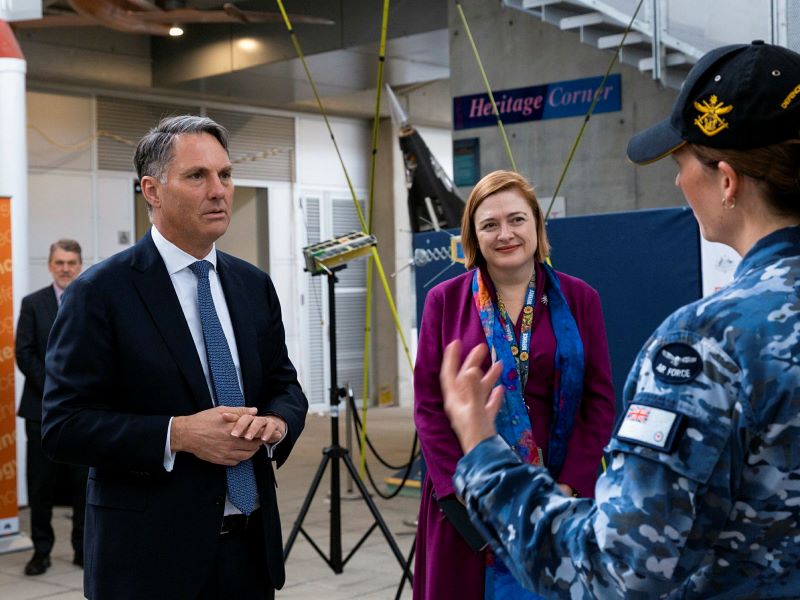Quantum sensing, AI vulnerabilities and edge computing cybersecurity are among 10 research projects funded under the second round of the federal government’s security and intelligence grant program.
Round two recipients of the National Intelligence and Security Discovery Research Grants (NISDRG) program were announced Monday after a 10 month wait, collectively receiving commitments totaling $5.8 million for 10 three-year university research projects.
Established in 2020 with $18 million in funding over three years from the Office of National Intelligence (ONI) and the Defence Science and Technology Group, the program funds emerging science and technology research to address intelligence and national security threats.
Grants of up to $600,000 are administered by the Australian Research Council and available to university research teams working in the Office of National Intelligence’s ‘Intelligence Challenges’ or Defence’s National Security Science and Technology Policy and Priorities.

In the 2022 round grants went to the University of Western Australia, the University of Queensland, Australian National University, the University of Melbourne, Macquarie University, University of New South Wales, Monash University, the University of Sydney and the University of Technology Sydney.
The latest intelligence and security projects range from machine learning onboard cube satellites and the vulnerabilities of AI to a study on how public and elite opinions affect the policies and political institutions of Australia’s main trading partners including China and India.
One project from Macquarie University received $593,000 to address scam phone calls through AI. The project, led by Professor Dali Kaafar, will seek to develop novel AI models and training methods capable of producing “victim bots” indistinguishable from actual scam victims.
If the bots are able to be deployed on a large proportion of scammers it would waste their time and damage the business model.
Another project from the University of Melbourne was funded to use quantum sensors to develop a nuclear magnetic resonance spectrometer for defence personnel. The proposed robust and compact device would be used for trace chemical detection analysis to limit exposure to chemical and explosive threats.
Chief Defence Scientist, Professor Tanya Monro announced recipients of the 2022 round on Monday.
“The ten successful programs represent a balanced portfolio of Research & Development (R&D) investment that includes universities from different jurisdictions across a range of research topics,” Professor Monro said.
“Collectively, this will generate valuable capability and capacity in tertiary sector R&D related specifically to National Security.”
Applications for the round were due by November 2021, making it a near-10 month wait for the recipients. Although this is in line with the initial timeframe.
Do you know more? Contact James Riley via Email.

